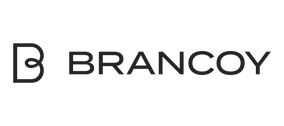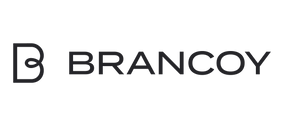Offering invoice payment options in e-commerce provides customers with flexibility and trust, leading to higher conversion rates and larger purchases. Invoicing lowers the barrier to purchase , as customers can buy now and pay later. This diversification of payment options significantly improves the customer experience and the e-commerce business's competitiveness in the market.
Why do customers want to pay by invoice for their online purchases?
Customers prefer invoicing for online purchases due to the feeling of security and better cash flow management. The invoice payment method allows for receiving the product before payment, which reduces the risk of fraud and increases trust in online stores. Psychologically, invoicing makes the purchase decision easier, as payment can be deferred.
Consumers particularly value the flexibility in budgeting that invoicing offers. Being able to schedule payments for a convenient time makes purchasing feel less financially burdensome. Business customers, on the other hand, benefit from invoicing in terms of accounting and cash flow planning.
Invoicing also serves as an excellent alternative for customers who do not wish to share their credit card information online or who do not have access to other digital payment methods. This significantly expands the number of potential customers.
How does offering invoice as a payment method affect online store sales and conversion rates?
Offering invoicing in an online store typically increases conversion rates and average order value, as customers are more willing to make larger purchases when payment is deferred. Shopping cart abandonment decreases when customers perceive the payment method as a secure and flexible alternative to other payment options.
Offering invoicing is particularly attractive to B2B customers who need invoices for accounting purposes. These customers often place larger orders and return to buy regularly when the payment process suits them.
From a payment perspective, a positive customer experience improves customer satisfaction and increases the likelihood of customers returning to the online store. When a customer finds the payment method pleasant, it positively impacts the entire shopping experience and brand loyalty.
What are the risks associated with invoicing, and how are they managed?
The biggest risks in invoicing are non-payment and credit losses, which can negatively impact cash flow. Payment terms, e-commerce regulations, and clear terms and conditions help mitigate these risks, but they cannot be entirely avoided when offering invoicing.
Risk management begins with checking customer creditworthiness before issuing invoices. Automated credit checks and customer history tracking help identify high-risk customers. Automating the payment reminder process reduces payment delays.
Credit insurance or factoring services can transfer the risk of credit losses to a third party. These solutions come at a cost, but they secure cash flow and allow for invoicing to a wider customer base without significant risk.
How is invoicing technically implemented in an online store?
Payment options in online stores are expanding with the introduction of invoicing, but the technical implementation requires integration with a payment system that handles credit checks and the invoicing process. Klarna, Collector, or similar service providers offer ready-made solutions that integrate directly into the e-commerce platform.
Automating the invoicing process saves time and reduces errors. The system automatically generates invoices, sends them to customers, and handles payment reminders. Customer communication regarding payment terms should be clear from the order stage.
The technical implementation also includes reporting and monitoring tools to track the profitability and risks of invoicing. This data helps optimize invoicing terms and improve payment method efficiency as part of the overall e-commerce strategy.




